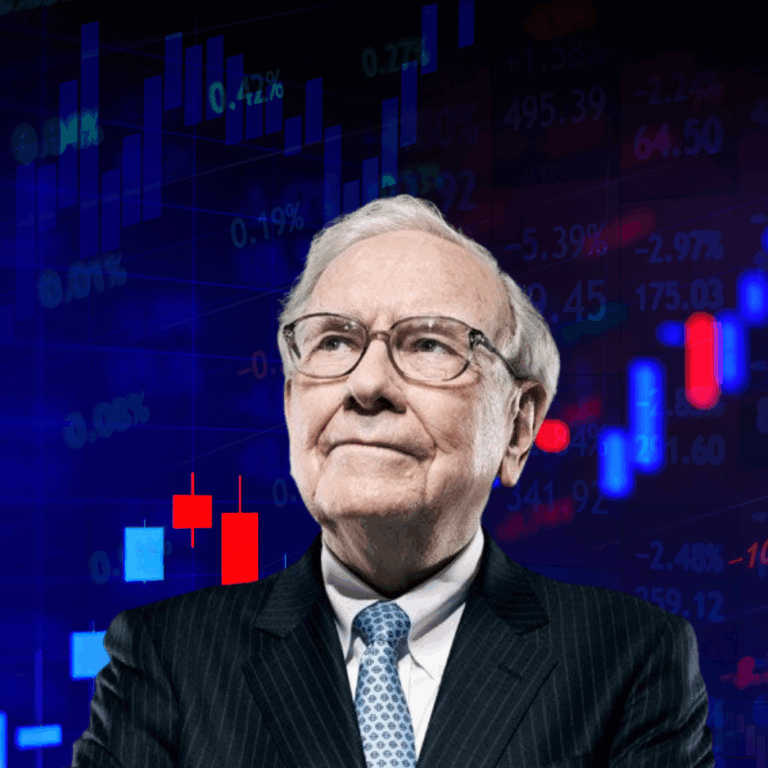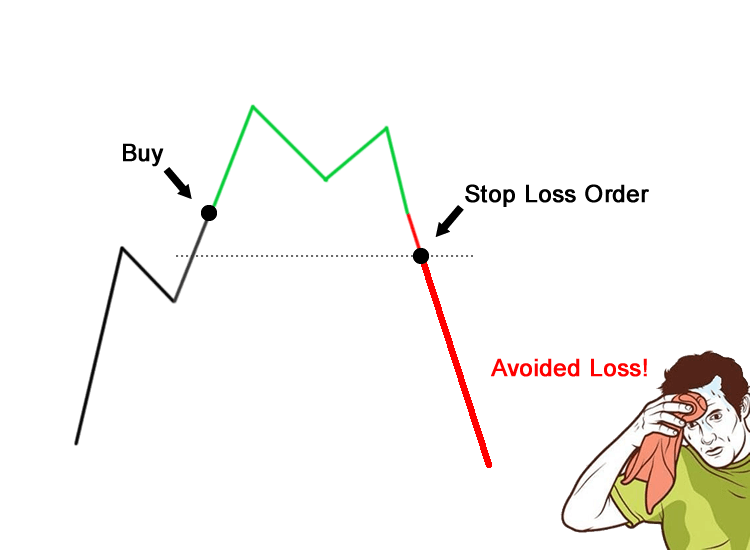What Warren Buffett Wants You to Know

Market crashes test everything: your strategy, your patience, and your emotions. When prices plummet, panic sets in. Many investors rush to cash out, and understandably so. But once the dust begins to settle, a new challenge emerges: when and how to get back in.
After a major drawdown, re-entering the market feels like trying to jump on a moving train; you hesitate, second-guess, and wonder if you’re too early or too late. The average investor often underperforms the market due to poor timing and emotional decisions. But sitting on the sidelines indefinitely can hurt more than the crash itself. Relying on past performance is also not a reliable way to predict future market movements.
So, how do you know when it’s the right time to get back in? And what principles should guide your decision?
Let’s explore that through the lens of legendary investor Warren Buffett.
The Timing Trap: Why Waiting Feels Safer, But Isn’t
One of the biggest struggles after a market crash is timing your re-entry. Everyone wants to “buy the bottom,” but no one rings a bell when it’s time to jump back in. What makes it even harder? The fear of getting burned again. You’ve likely watched your portfolio drop, maybe drastically. Reinvesting can feel like gambling rather than a strategic approach.
But here’s the hard truth:
Waiting too long can be just as damaging as entering too soon.
Markets tend to recover before the headlines turn optimistic. By the time the news is glowing and sentiment improves, prices have often already surged. Those who stay in cash “just a little longer” miss out on the biggest gains, the early stages of recovery.
Warren Buffett’s Take on Market Timing
Let’s bring in the Oracle of Omaha. In a New York Times article titled “Buy American, I Am,” Buffett offers timeless advice that still holds today:
“Let me be clear on one point: I can’t predict the short-term movements of the stock market. I haven’t the faintest idea as to whether stocks will be higher or lower a month—or a year—from now. What is likely, however, is that the market will move higher, perhaps substantially so, well before either sentiment or the economy turns up. So if you wait for the robins, spring will be over.”
In other words, don’t wait until it feels comfortable to invest again. By then, you’ve probably missed out on the best window.
Buffett also reminds us that the stock market has endured extreme turmoil: two world wars, multiple recessions, oil shocks, even presidential scandals, and yet:
“The Dow rose from 66 to 11,497 [in the 20th century].”
Despite all the chaos, the long-term trajectory was clear: upward. But not everyone benefited:
“The hapless ones bought stocks only when they felt comfort in doing so and then proceeded to sell when the headlines made them queasy.”
Cash/Mutual Funds Isn’t Always Safe
During turbulent times, holding cash feels like the safest bet. But Buffett cautions that comfort can be costly.
Sitting in cash is not a strategy; it’s a stall.
“Today people who hold cash equivalents feel comfortable. They shouldn’t. They have opted for a terrible long-term asset… Equities will almost certainly outperform cash over the next decade, probably by a substantial degree.”
He’s not suggesting you throw all your money back into the market at once. But completely avoiding risk guarantees you avoid reward too.
He ends with one of his favorite quotes from hockey legend Wayne Gretzky:
“I skate to where the puck is going to be, not to where it has been.”

So, What Should You Do?
1. Stick to a Verified Trading System
Investing without a process is like driving without a map. Systems like SPA3 offer clear rules for entry and exit, helping you make decisions based on data, not emotion. This kind of consistency is crucial, especially after a crash.
How the SPA3 System Helps
The SPA3 system is built to address these exact concerns. Here’s how:
- It provides a precise, rules-based approach to both entering and exiting trades.
- It uses market risk parameters to guide overall exposure, buying during low-risk periods, and reducing exposure during high-risk times.
- Depending on your risk profile, it may recommend keeping some exposure to the market even during a bear phase, so you’re not left behind when the tide turns.
By sticking to the system, you avoid emotional decision-making and position yourself to catch the upswing.
2. Recognize Stock Market Cycles
Bear markets end. Always have. Always will. The question is not if, but when. Markets might shoot up quickly, or they might move sideways before the next bull run. Either way, having some exposure, even if limited, puts you in a position to benefit early.

3. Manage Risk. Don’t Avoid It
Smart investing isn’t about avoiding risk; it’s about understanding and managing it. Systems like SPA3 adjust exposure based on market risk parameters, helping you reduce exposure during risky periods and increase it when conditions are favourable.
Active investors often incur higher costs, such as transaction fees and taxes, in pursuit of winning trades. However, most investors struggle to achieve consistent profits due to common mistakes like poor market timing and emotional decision-making.
Evaluating strategies by their ability to generate profit after costs is essential for long-term success.
4. Don’t Wait for Certainty
The prevailing wisdom among traders during a market downturn is often to wait for clear signs of recovery before reentering the market. And many investors are sold on the idea of staying out until conditions seem perfect.
However, if you wait for everything to feel safe, you’ll likely miss the turn. Market recoveries often begin when investor confidence is still low. That’s why Buffett says, “If you wait for the robins, spring will be over.”
Staying Cool in the Heat of Uncertainty
Being “cool, calm, and collected” is a deliberate action. Your emotional response during and after a crash can make or break your long-term results. The goal is not to feel brave, but to be prepared. Even minimal market exposure can keep you mentally engaged, helping you respond faster when conditions change.
Systems like SPA3 help override the guesswork by giving you a call to action based on tested rules, not gut feelings or forecasts.
Stay Ready, Not Reactive
Market crashes shake everyone. But they also create opportunity, not just to recover, but to thrive in the next cycle.
Warren Buffett doesn’t try to time drawdowns. He sticks to what works: practicing discipline, long-term thinking, and being ready before the good news hits.
So, as you consider reentering the market, ask yourself:
Are you skating to where the puck was, or to where it’s going?
FAQ
What Does Warren Buffett Say About Timing the Market?
Buffett famously avoids trying to time the market. He focuses on long-term value and believes markets often recover before the headlines reflect optimism.
Should I Re-Enter the Market After a Crash?
Yes, if you have a system in place. Reentering with a plan allows you to benefit from recovery without guessing when the downturn will be.
Is Holding Cash Safer During a Downturn?
Short-term, yes. Long-term, not really. Cash loses purchasing power over time and significantly underperforms equities in the long run.
How Do I Know When the Market is Recovering?
You won’t know for sure. That’s why having a rules-based system like SPA3 matters; it alerts you when conditions improve before it’s obvious to everyone else.
What’s the Risk of Waiting Too Long to Reinvest?
Missing the early stage of recovery can drastically reduce your long-term returns. The biggest gains often happen when things still feel uncertain.
